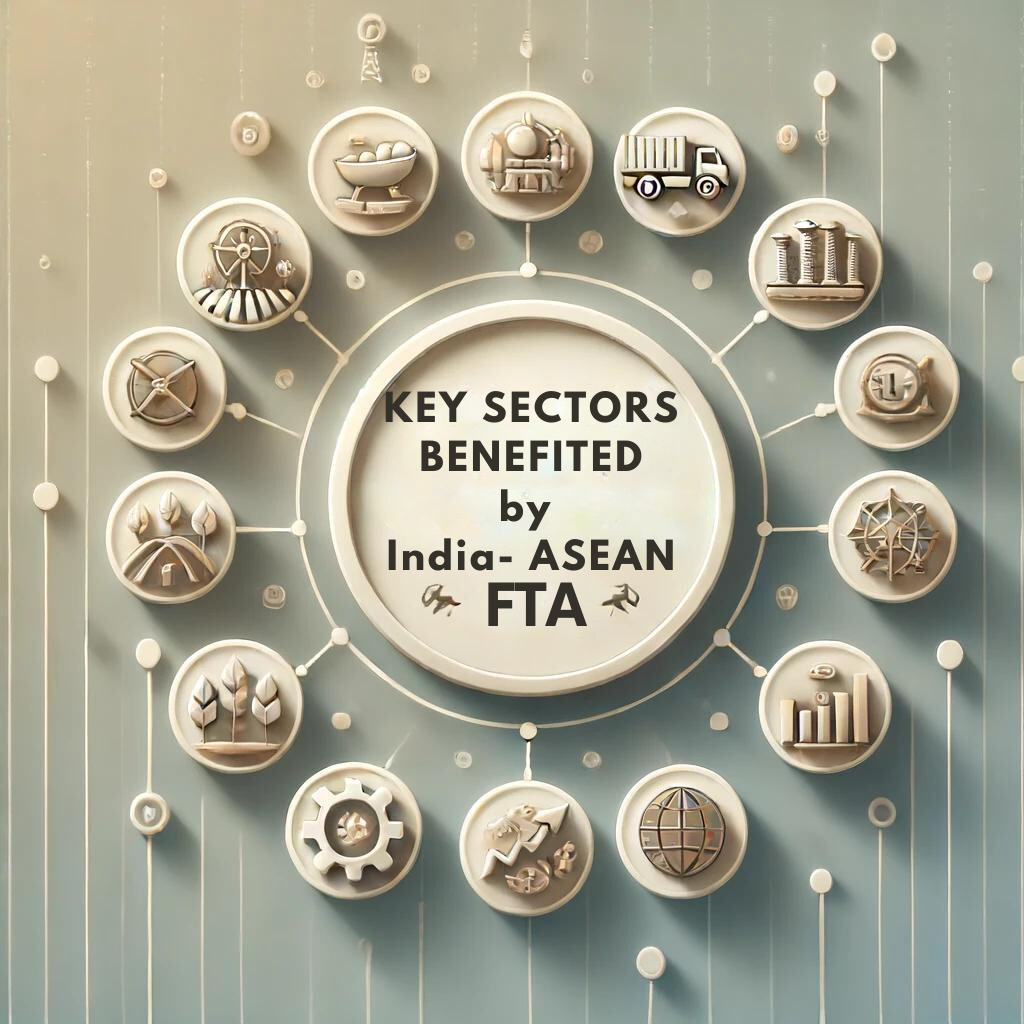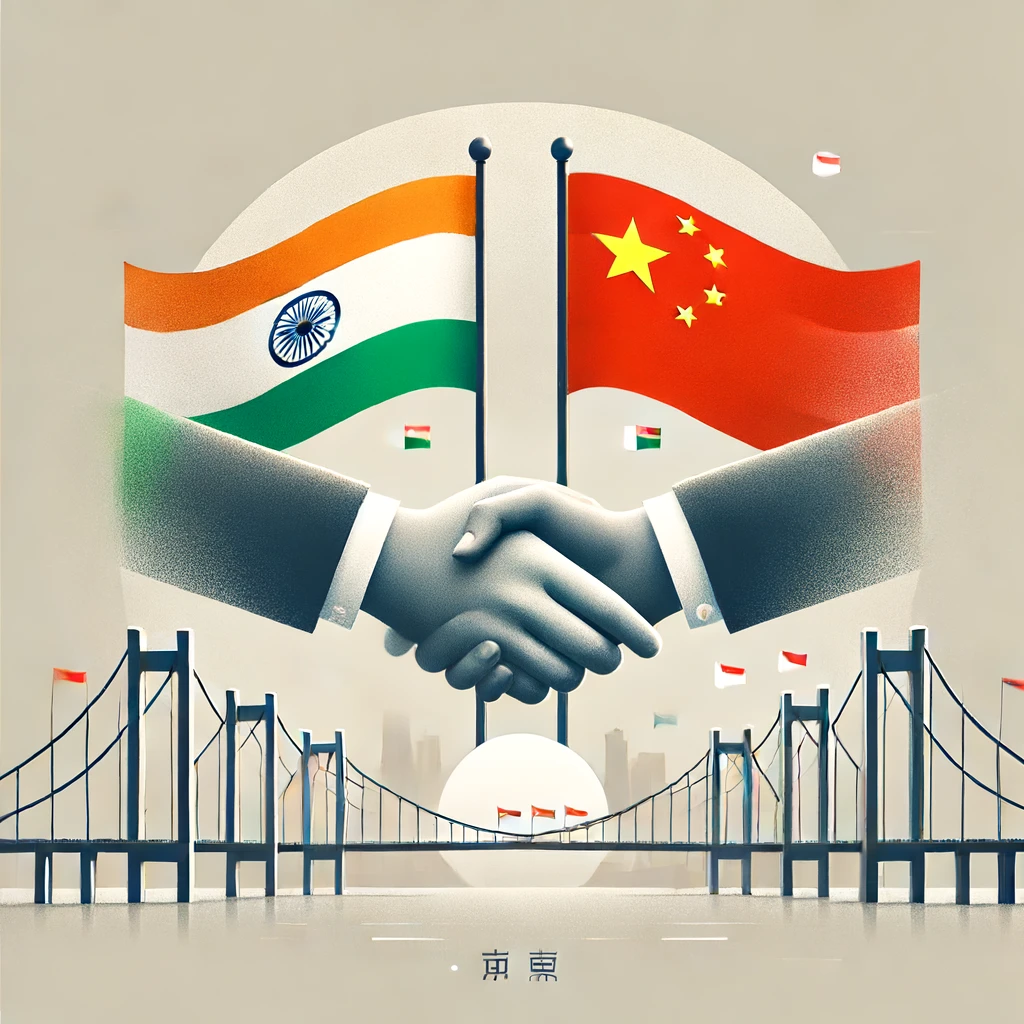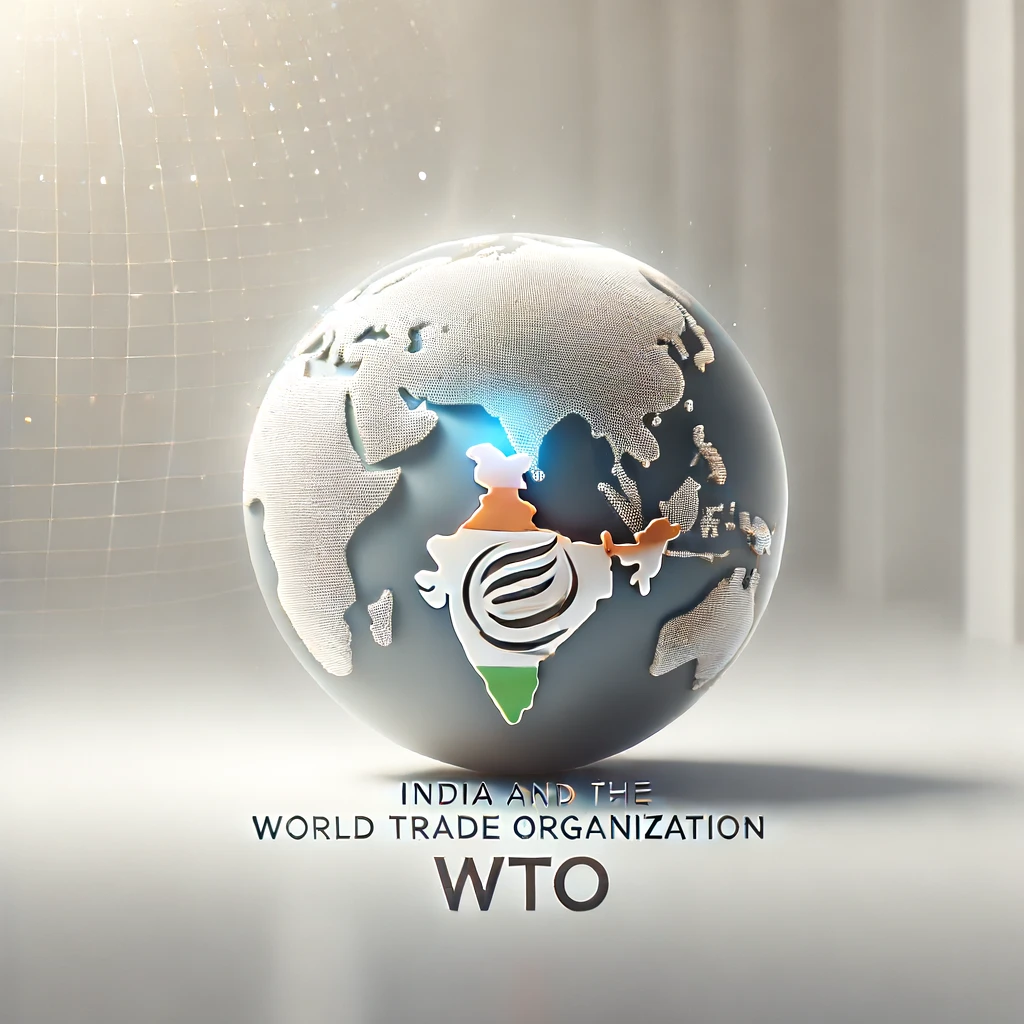The India-ASEAN Free Trade Agreement (FTA) is at the center stage of India’s trade policy with Southeast Asia. It was inked on August 13, 2009, and came into effect on January 1, 2010. The FTA is a landmark step in the Look East Policy, which has been rebaptized as the Act East Policy. The FTA was aimed at mainly enhancing economic integration, boosting trade, and encouraging investment between India and the ASEAN. The agreement includes the issues of goods, services, and investment areas while reducing tariffs and non-tariff barriers to create an environment that allows for increased flows of trade and economic cooperation.

Historical Context
The foundation for the India-ASEAN FTA was laid in the early 1990s, when India embarked on economic liberalization and began to look eastward for strategic and economic partnerships. The economic reforms initiated in 1991 paved the way for deeper engagements with ASEAN, culminating in the signing of the FTA. The FTA was envisioned to leverage the complementary strengths of India and ASEAN, creating a win-win situation for both parties.
Economic Impact of India ASEAN FTA
Trade Enhancement
Since the implementation of the FTA, trade between India and ASEAN has seen a substantial increase. Bilateral trade surged from $44 billion in 2009-10 to over $86 billion in 2019-20, showcasing the positive impact of reduced tariffs and enhanced market access. India’s exports to ASEAN include machinery, chemicals, metals, and agricultural products, while ASEAN exports to India primarily consist of electronics, palm oil, and rubber.
Investment Boost
The FTA has also stimulated investment flows between India and ASEAN. Foreign Direct Investment (FDI) from ASEAN countries into India has increased, with Singapore being a prominent investor. The cumulative FDI inflows from ASEAN countries into India were approximately $117 billion between 2000 and 2020. Conversely, Indian companies have also invested in ASEAN countries, particularly in sectors like pharmaceuticals, IT, and infrastructure.
Key Sectors Benefited from FTA

Pharmaceuticals
India’s pharmaceutical sector has significantly benefited from the FTA. The reduction in tariffs has allowed Indian pharmaceutical companies to access ASEAN markets more competitively, leading to increased exports of generic medicines and active pharmaceutical ingredients (APIs).
Information Technology (IT)
The IT sector is another major beneficiary of the FTA. Indian IT firms have expanded their operations in ASEAN countries, offering services such as software development, IT consulting, and business process outsourcing (BPO). The enhanced connectivity and reduced barriers have facilitated the growth of IT services exports.
Agriculture
The FTA has also positively impacted the agricultural sector. Indian agricultural products, including spices, tea, coffee, and cereals, have found new markets in ASEAN countries. The tariff concessions provided under the FTA have made Indian agricultural exports more competitive.
Challenges and Criticisms of Free Trade Agreement
Trade Imbalances
One of the primary criticisms of the FTA is the persistent trade imbalance between India and ASEAN. While ASEAN countries have enjoyed a trade surplus, India has faced a trade deficit with ASEAN, leading to concerns about the FTA’s overall benefit to India.
Non-Tariff Barriers
Despite the reduction in tariffs, non-tariff barriers (NTBs), such as stringent regulatory standards, customs procedures, and import quotas, have posed challenges to the seamless flow of goods and services. These NTBs often negate the benefits of tariff reductions, impeding trade growth.
Impact on Domestic Industries
There have been concerns about the impact of the FTA on certain domestic industries in India, particularly small and medium enterprises (SMEs). The influx of cheaper imports from ASEAN countries has put pressure on local manufacturers, affecting their competitiveness and market share.
Way Forward
Enhancing Market Access
Prospects for the India-ASEAN FTA involve further enhancement of market access. Negotiations are ongoing to expand the scope of the FTA, including deeper tariff cuts, reduction of NTBs, and improved regulatory cooperation. These measures aim to create a more balanced and mutually beneficial trade environment.
Strengthening Supply Chains
The India ASEAN collaboration in sectors like electronics, automotive, and textiles can enhance supply chain resilience and efficiency, benefiting both regions.
Digital Economy
The digital economy presents a significant opportunity for future collaboration under the FTA. Initiatives to promote digital trade, e-commerce, and fintech can unlock new avenues for economic cooperation. Joint ventures and partnerships in the digital space can drive innovation and economic growth.

Conclusion
The India-ASEAN Free Trade Agreement has been a pivotal instrument in fostering economic ties between India and ASEAN. While it has brought substantial benefits in terms of trade and investment, challenges such as trade imbalances and non-tariff barriers persist. Addressing these challenges and exploring new areas of cooperation can enhance the FTA’s effectiveness and ensure a more equitable and prosperous economic partnership. As India and ASEAN continue to deepen their economic integration, the FTA will play a crucial role in shaping the future of their bilateral relations.


